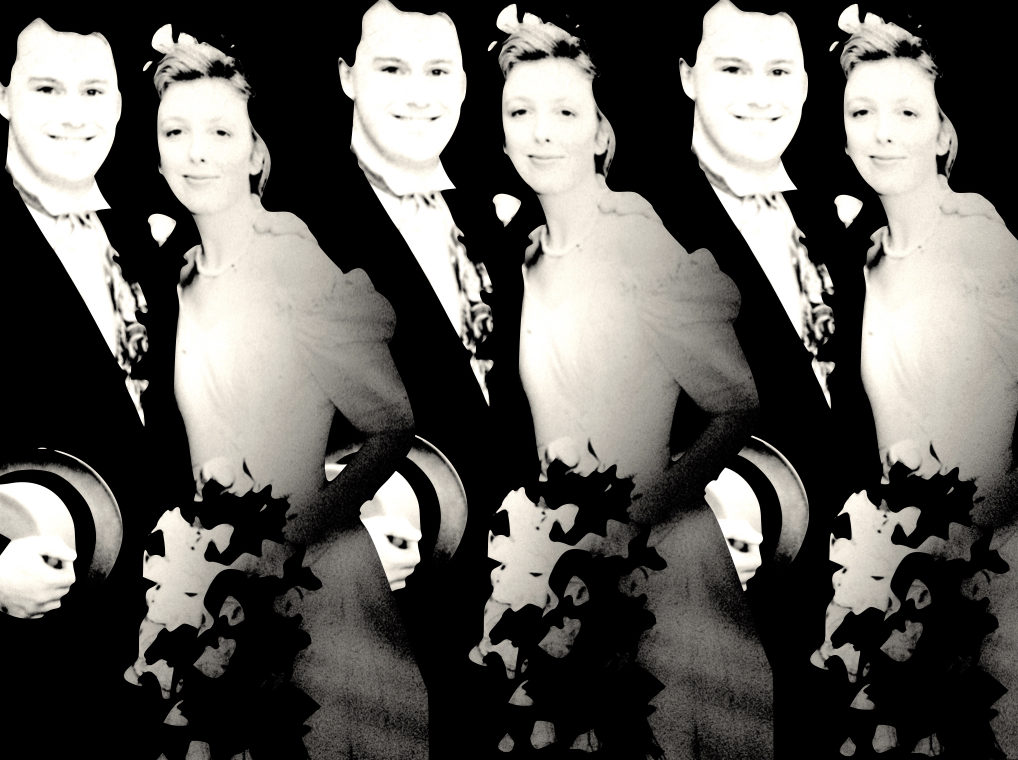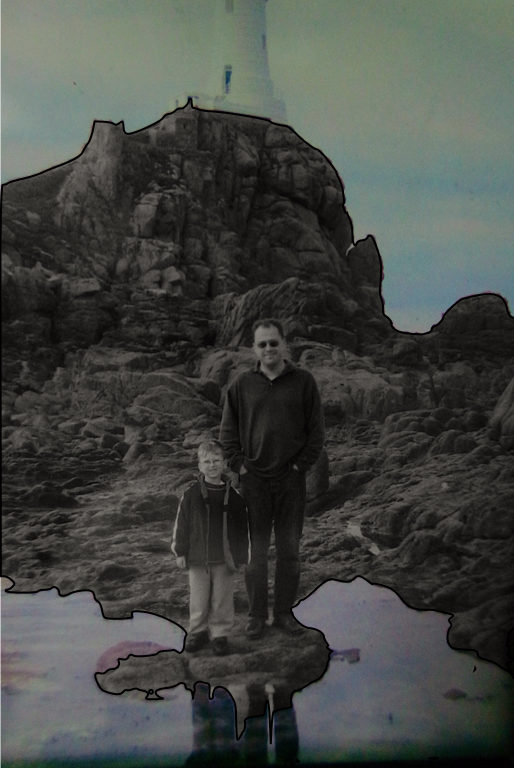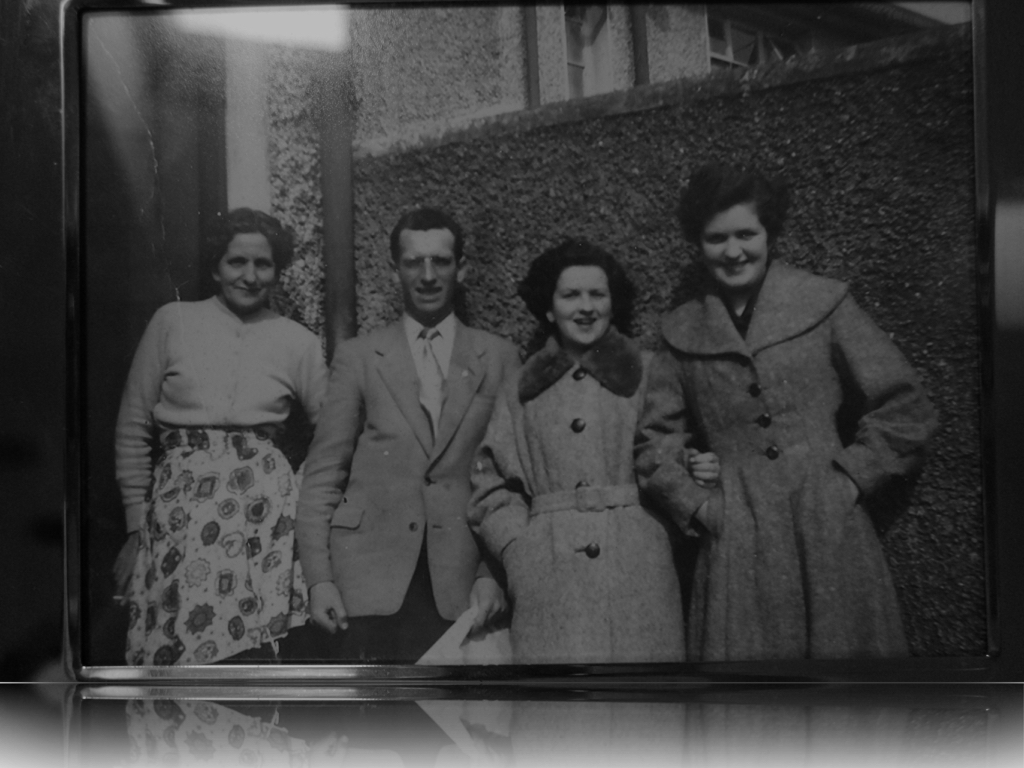When studying methods in which I could use to put across my views of political landscape I found that rule of the camera present me with the most choice and experimentation into how I could photograph intended ideas. Examples of this could consist of methods of photography that went against the usual ways that pictures were taken, such as macro-photography, photo-manipulation and aerial photography. This topic allowed me to explore ways in which I could compose and portray things, occasionally using software to enhance the images using Photoshop and Lightroom.
For this shoot I would need to rely heavily on the way I present each picture to the audience due to conventional methods not producing the same outcome as I desired. Examples of other photographers works regarding the rule of the camera can be seen below which I will be using as a section for my inspiration in the shoot to come: One of the leading inspirations that I came across for the shoot was the photographer Donald Weber. Weber had used rule of the camera as the main focus point for many of his previous shoots, a certain example of this was named War Sand. War Sand used microscopes to identify otherwise undetectable pieces of metal that were left behind from the World Wars, creating abstract and alien like results. This would rely heavily on other technology to produce the outcome Weber desired as it used external software instead of the camera, with the camera itself only playing a small part of the final result. Here are some of the examples I found to be the most effective from Weber’s project War Sand:
One of the leading inspirations that I came across for the shoot was the photographer Donald Weber. Weber had used rule of the camera as the main focus point for many of his previous shoots, a certain example of this was named War Sand. War Sand used microscopes to identify otherwise undetectable pieces of metal that were left behind from the World Wars, creating abstract and alien like results. This would rely heavily on other technology to produce the outcome Weber desired as it used external software instead of the camera, with the camera itself only playing a small part of the final result. Here are some of the examples I found to be the most effective from Weber’s project War Sand: Once finished with exploring inspirations for my shoot I found that I would need to create a mind-map that would identify areas of focus when taking photographs. This time wise would help loads as it would prevent me from wasting time on the day as to what to look for, instead creating a clear picture from the start into what I should identify as my main points of interest. Here are some of the ideas that I found would have particular importance for the shoot:
Once finished with exploring inspirations for my shoot I found that I would need to create a mind-map that would identify areas of focus when taking photographs. This time wise would help loads as it would prevent me from wasting time on the day as to what to look for, instead creating a clear picture from the start into what I should identify as my main points of interest. Here are some of the ideas that I found would have particular importance for the shoot: After creating the mind-map I found I was finally ready to go ahead with the shoot, taking into consideration the ideas recently drawn up and presented above I decided to focus my shoot around areas of historic relevance. This would consist of bunkers, castles etc, which would enable me to photograph unusual structures and landscapes unique to that area, with pattern and abstract being my main aims to achieve out of the entire shoot. Here I would look at how over time certain areas have deteriorated and how the surrounding landscape has adapted to fit in around it, specifically looking at rust and the area around it. Here are the outcomes from my shoot:
After creating the mind-map I found I was finally ready to go ahead with the shoot, taking into consideration the ideas recently drawn up and presented above I decided to focus my shoot around areas of historic relevance. This would consist of bunkers, castles etc, which would enable me to photograph unusual structures and landscapes unique to that area, with pattern and abstract being my main aims to achieve out of the entire shoot. Here I would look at how over time certain areas have deteriorated and how the surrounding landscape has adapted to fit in around it, specifically looking at rust and the area around it. Here are the outcomes from my shoot: 

 From here I will select ten images that I found were the most effective outcomes from the entire shoot. By doing this it would allow a greater insight into what made me select these images and how I would select the final and best picture from the shoot.
From here I will select ten images that I found were the most effective outcomes from the entire shoot. By doing this it would allow a greater insight into what made me select these images and how I would select the final and best picture from the shoot.
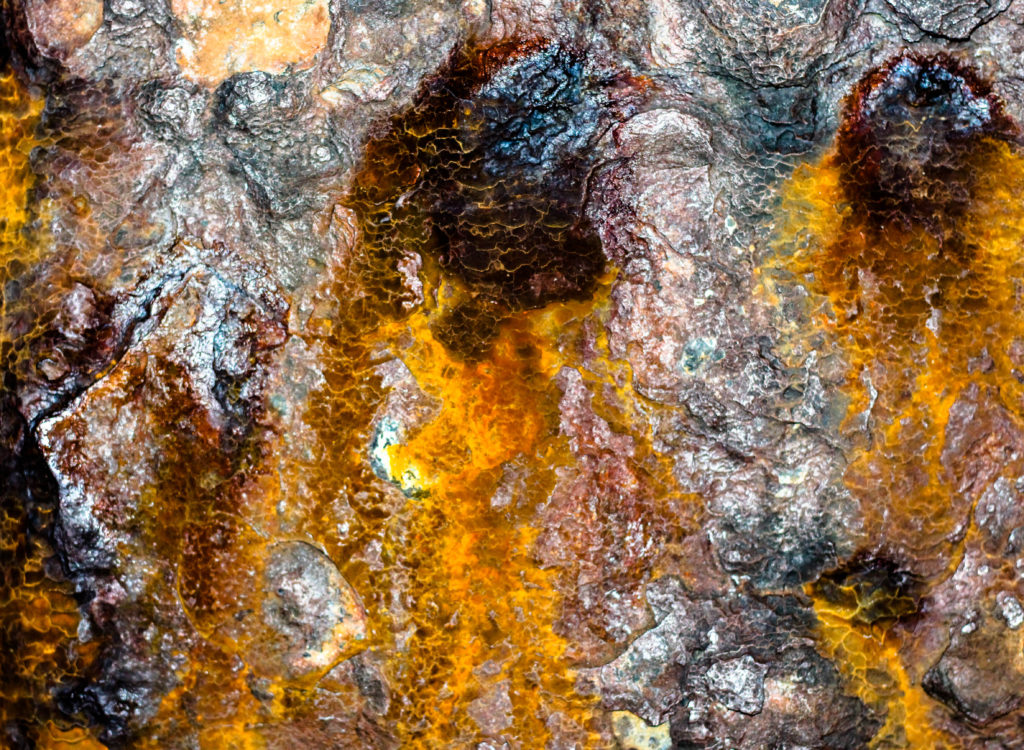 After looking over what I deemed to be my best imagery from the shoot I decided to select the best five photos and analyse them. By doing this it would allow me to understand how they could be related to the topic of conventions, whilst discovering what aspects within the photographs made them so effective that I chose them out of the shoot. Here is my selection of my favorite five images:
After looking over what I deemed to be my best imagery from the shoot I decided to select the best five photos and analyse them. By doing this it would allow me to understand how they could be related to the topic of conventions, whilst discovering what aspects within the photographs made them so effective that I chose them out of the shoot. Here is my selection of my favorite five images: I chose this image because of the broken pattern created by the foam on the waves that fade into the sky, I found this to be particularly effective from how the placement of the foam keeps the sea symmetrical either side of it. This is also complimented by the gradient of the sky which fades the landscape out, both of these relate to the topic of conventions from the use of a higher exposure and clarity to capture the light more vividly, producing a dream like scape as a result. Convention wise I wish to highlight the mass of sea that surrounds us on our island and how the built up areas of bunkers made by the Germans intended to use this to their advantage in their defenses.
I chose this image because of the broken pattern created by the foam on the waves that fade into the sky, I found this to be particularly effective from how the placement of the foam keeps the sea symmetrical either side of it. This is also complimented by the gradient of the sky which fades the landscape out, both of these relate to the topic of conventions from the use of a higher exposure and clarity to capture the light more vividly, producing a dream like scape as a result. Convention wise I wish to highlight the mass of sea that surrounds us on our island and how the built up areas of bunkers made by the Germans intended to use this to their advantage in their defenses.  What I liked about this image was how it highlighted the rust that now had settled on the metal surrounding the artillery covering the now ruined bunkers dotted around. This is contrasted by the high clarity which creates a particular focus on the rust of the image, portraying it almost as blood whilst making use of the dark backdrop to create a real identity of how much of the weaponry now stands in Jersey. I really like the stained pattern that the rust made on the white paint as it broke up the object resulting in an abstract after math where it’s now harder to interpret what the object used to be.
What I liked about this image was how it highlighted the rust that now had settled on the metal surrounding the artillery covering the now ruined bunkers dotted around. This is contrasted by the high clarity which creates a particular focus on the rust of the image, portraying it almost as blood whilst making use of the dark backdrop to create a real identity of how much of the weaponry now stands in Jersey. I really like the stained pattern that the rust made on the white paint as it broke up the object resulting in an abstract after math where it’s now harder to interpret what the object used to be. Here I found the use of a predominantly black and white photo to be very effective in the representation I wished to put across of the tide that sweeps the shores of the bunkers surrounding the beaches. By reducing it too mainly two shades I found that it abstracted the piece and instead limited the blues and browns to only the rocks and specific areas of the water. What I really liked was the composition of the wave as it came into shore, travelling from the top left corner into the bottom right spreading out as it does so, I found this to be a great representation of how tides would have looked as the historical events that surrounded it unfolded around it.
Here I found the use of a predominantly black and white photo to be very effective in the representation I wished to put across of the tide that sweeps the shores of the bunkers surrounding the beaches. By reducing it too mainly two shades I found that it abstracted the piece and instead limited the blues and browns to only the rocks and specific areas of the water. What I really liked was the composition of the wave as it came into shore, travelling from the top left corner into the bottom right spreading out as it does so, I found this to be a great representation of how tides would have looked as the historical events that surrounded it unfolded around it.  The reason I chose this image for my top five was because of the use of a low exposure to create a sinister and looming impression upon the commonly used doors of the German bunkers. The use of a vandalized door to me represented the now forgotten past of certain areas and how overlooked they have now become, with many being the subject of graffiti and writing, defacing what they previously stood for, defense. The composition I thought strengthened this idea as it produces the impression of order and mystery, interesting the viewer to want to understand what went on behind the doors.
The reason I chose this image for my top five was because of the use of a low exposure to create a sinister and looming impression upon the commonly used doors of the German bunkers. The use of a vandalized door to me represented the now forgotten past of certain areas and how overlooked they have now become, with many being the subject of graffiti and writing, defacing what they previously stood for, defense. The composition I thought strengthened this idea as it produces the impression of order and mystery, interesting the viewer to want to understand what went on behind the doors.  Finally the reason I selected this image was because of the aesthetically pleasing result that the sandbags lining the shores of the coast around the bunkers would be positioned and portrayed in. The netting within the picture I found broke up the otherwise boring piece which would have just consisted of brown bags, instead adding an opposing colour of green and blue to it, creating the impression that the nets are almost there to preserve and hold together the remains of the defenses previously present around the beach.
Finally the reason I selected this image was because of the aesthetically pleasing result that the sandbags lining the shores of the coast around the bunkers would be positioned and portrayed in. The netting within the picture I found broke up the otherwise boring piece which would have just consisted of brown bags, instead adding an opposing colour of green and blue to it, creating the impression that the nets are almost there to preserve and hold together the remains of the defenses previously present around the beach.
Final Image:
Overall I found that image of the sandbags surrounded in blue and green mesh fencing to be the most effective, this was down to the aestheticism and significance behind it. Composition wise the use of symmetry I found was particularly effective from how it represented the commonly seen formation that many soldiers worldwide would have witnessed where ever they were positioned, whilst the decaying bags would produce grotesque and unusual shapes. I found the contrasting colours of green, blue and brown to be effective from how they broke up the otherwise bland and uninteresting formation, instead adding a visually pleasing element to it as a result. Finally to me the use of a low exposure when taking the photograph allowed for an overemphasize portrayal of the bags which now were shaded almost sinister in looks from the looming shadows produced from the gaps.



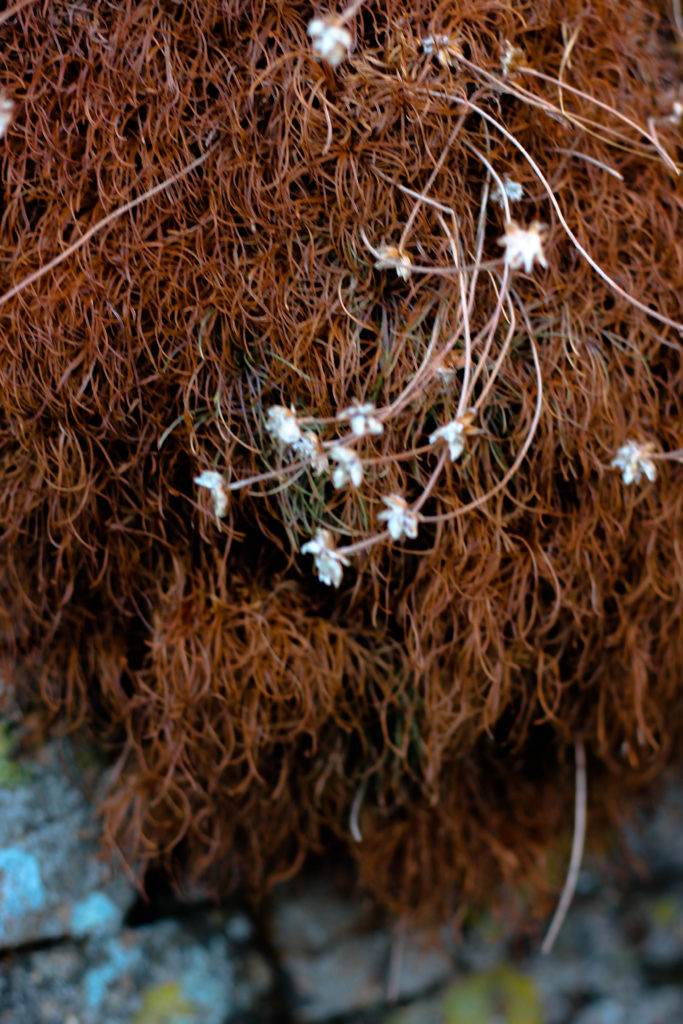

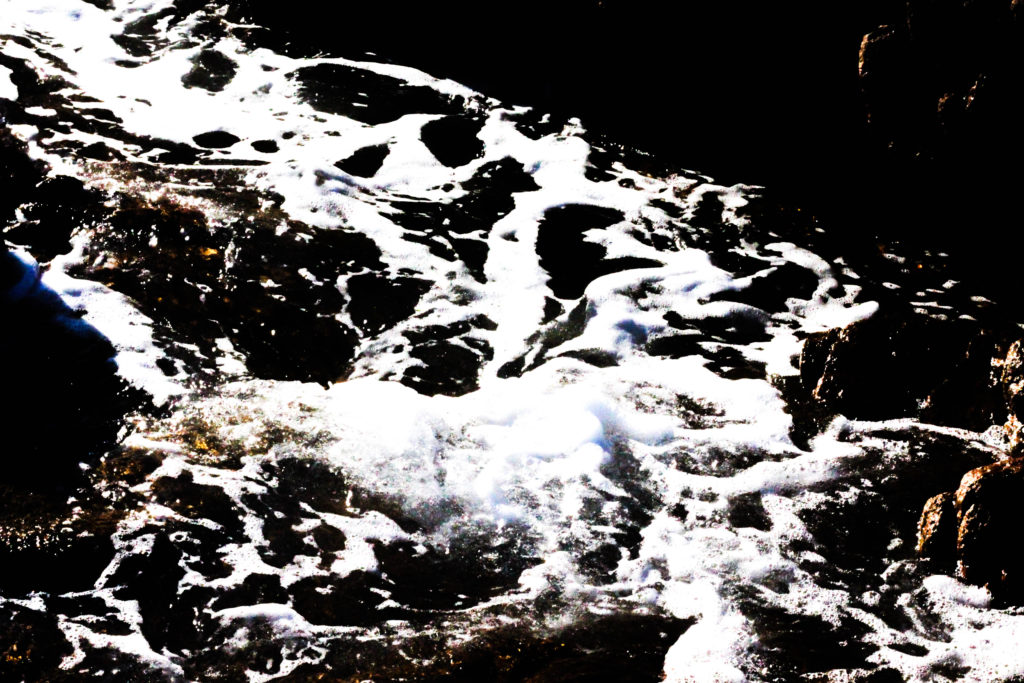




 From here I decided to analyse one of Weber’s images, by doing this it would allow me to understand the thought process and concept behind his photography, whilst looking at the different techniques used to produce his work. From this it would allow me to create a more appropriate response for future shoots regarding rules of the camera, as it would enhance my insight into techniques used by the camera to make the desired product. The image I chose is called Vorkuta (2008):
From here I decided to analyse one of Weber’s images, by doing this it would allow me to understand the thought process and concept behind his photography, whilst looking at the different techniques used to produce his work. From this it would allow me to create a more appropriate response for future shoots regarding rules of the camera, as it would enhance my insight into techniques used by the camera to make the desired product. The image I chose is called Vorkuta (2008): Technical: The image itself uses a low shutter speed to capture the snow drifting in the wind, because of this it creates the impression of an almost dreamy and surreal isolated located. This use of shutter speed perfectly blurs the snow-covered ground, making it almost feel like the buildings are coming out of the ground. A relatively normal exposure is used to create contrast against the white backdrop, accompanied with a slightly tinted black border this breaks up the blank space from becoming too overpowering.
Technical: The image itself uses a low shutter speed to capture the snow drifting in the wind, because of this it creates the impression of an almost dreamy and surreal isolated located. This use of shutter speed perfectly blurs the snow-covered ground, making it almost feel like the buildings are coming out of the ground. A relatively normal exposure is used to create contrast against the white backdrop, accompanied with a slightly tinted black border this breaks up the blank space from becoming too overpowering.





